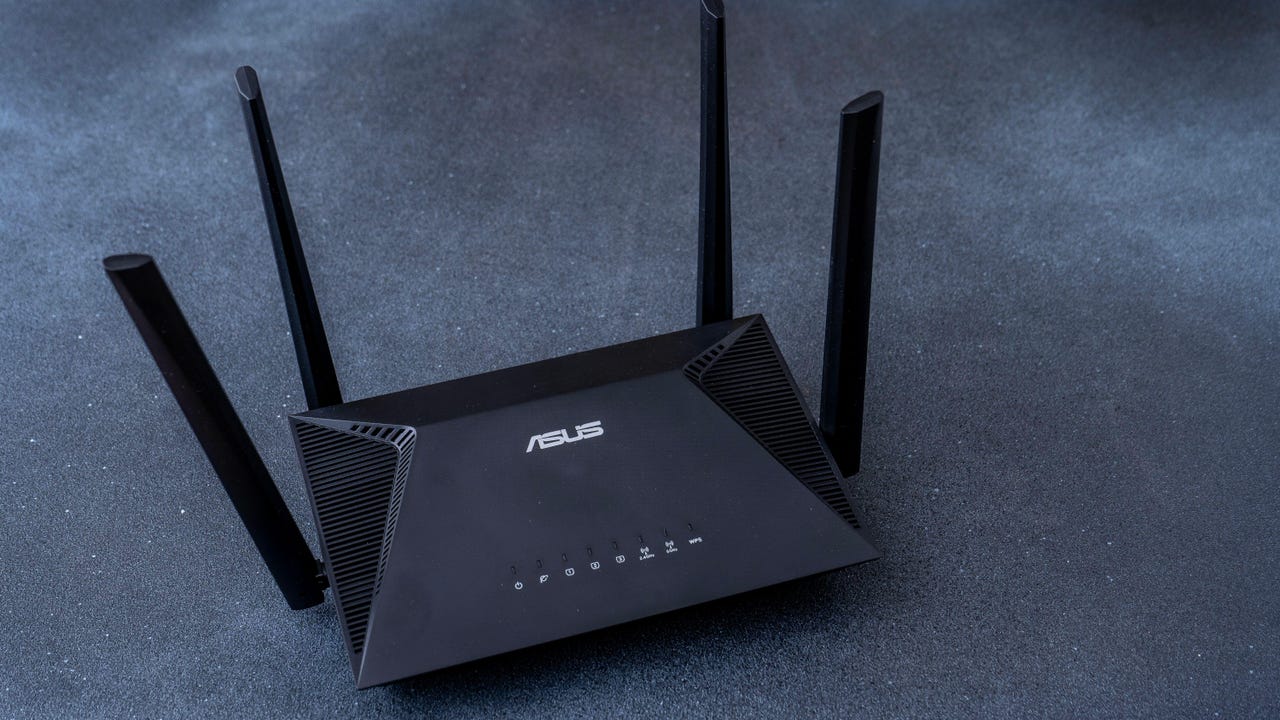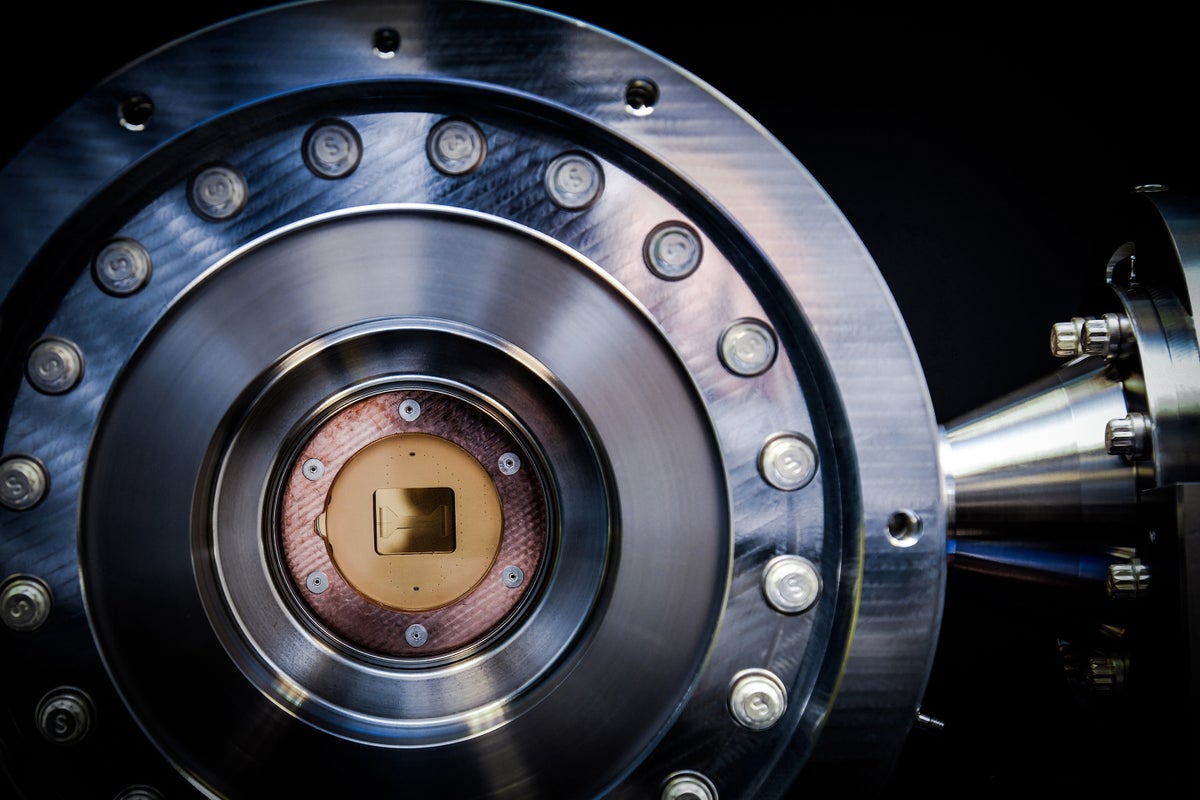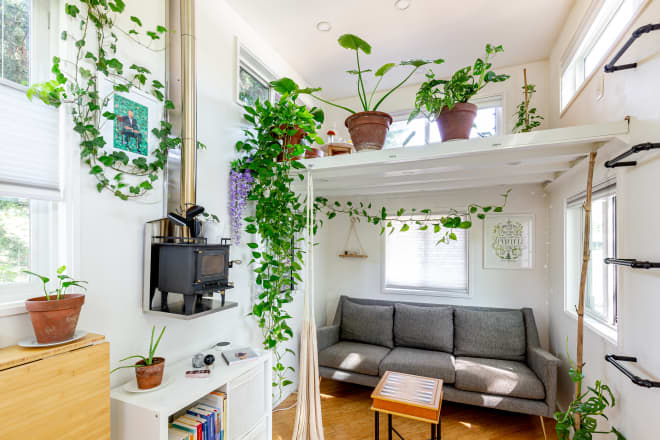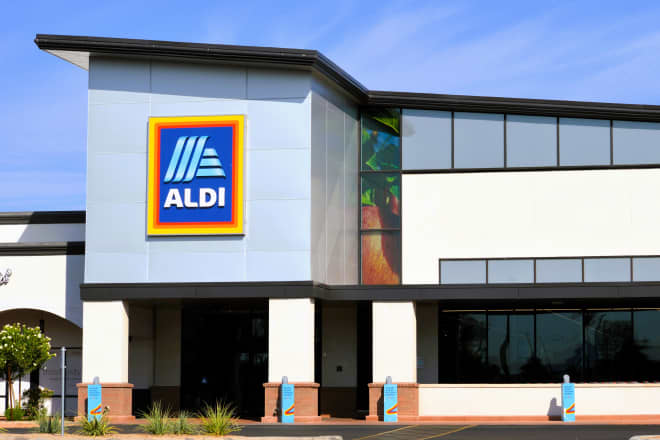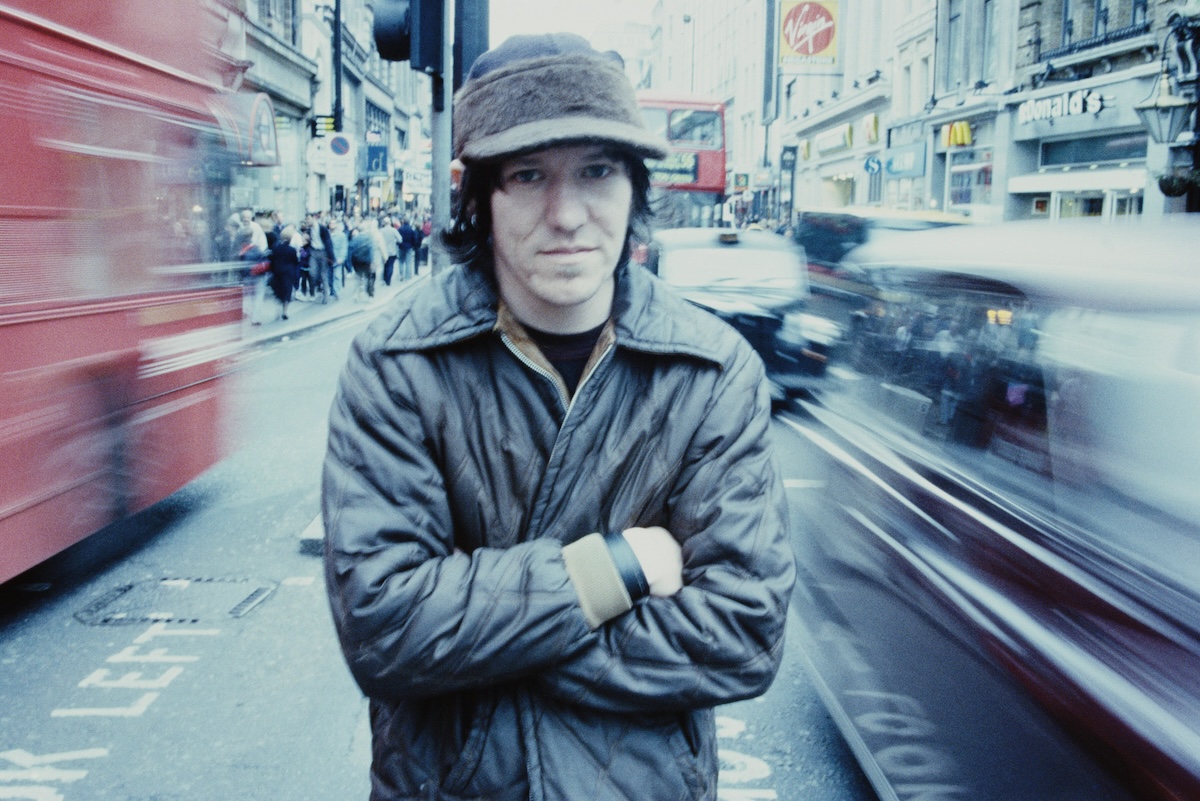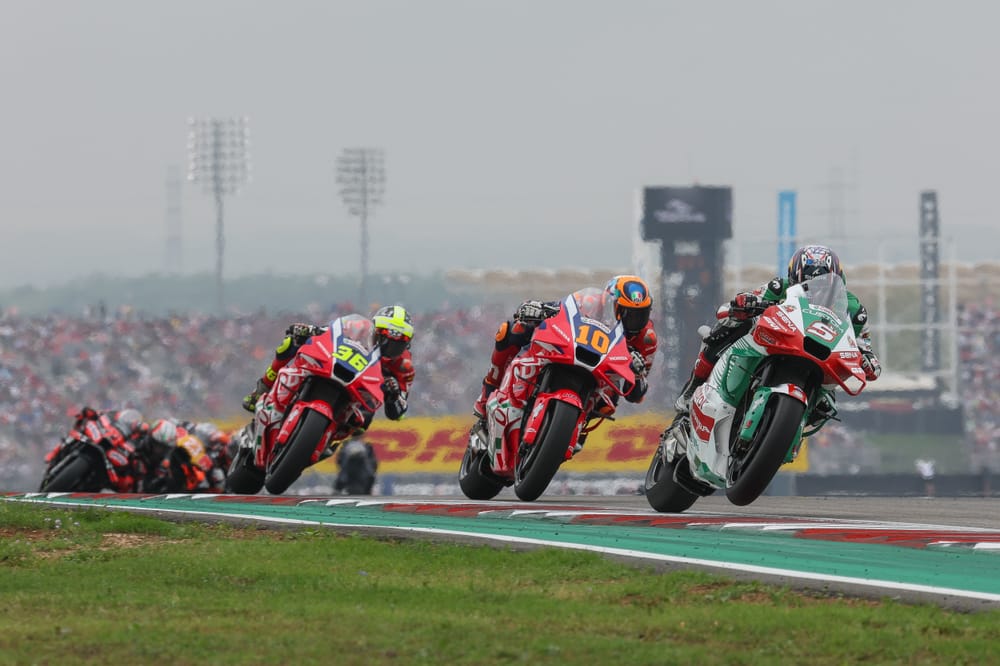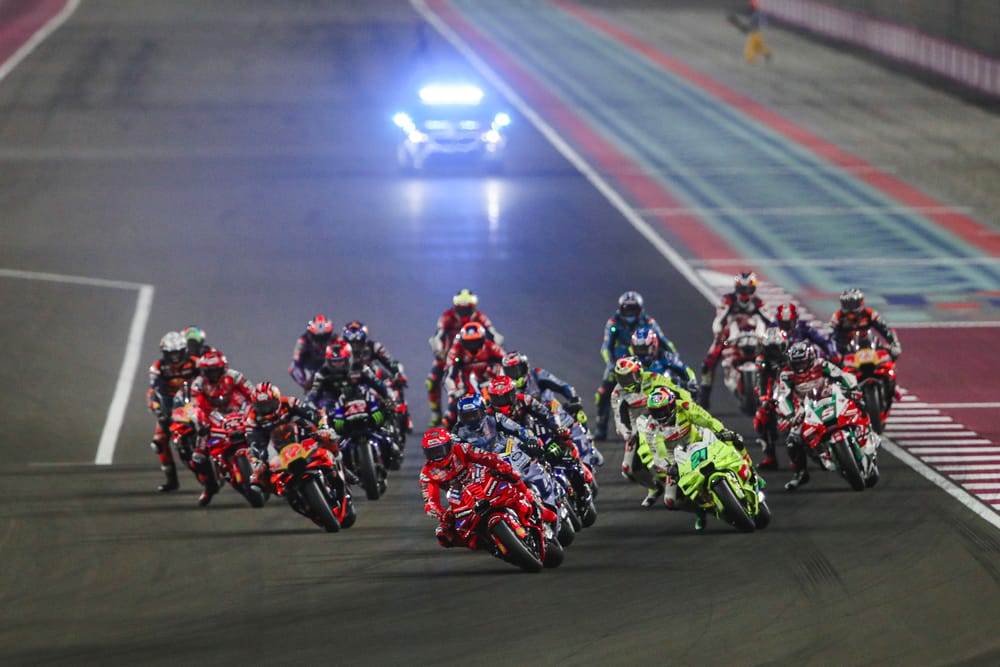Ducati's other 2025 gamble looks a big success early on
Bringing in Marc Marquez was of course the most high profile call Ducati made in the MotoGP off-season. But bringing in a rookie was another, and Valentin Khorounzhiy reckons that move is paying off so far
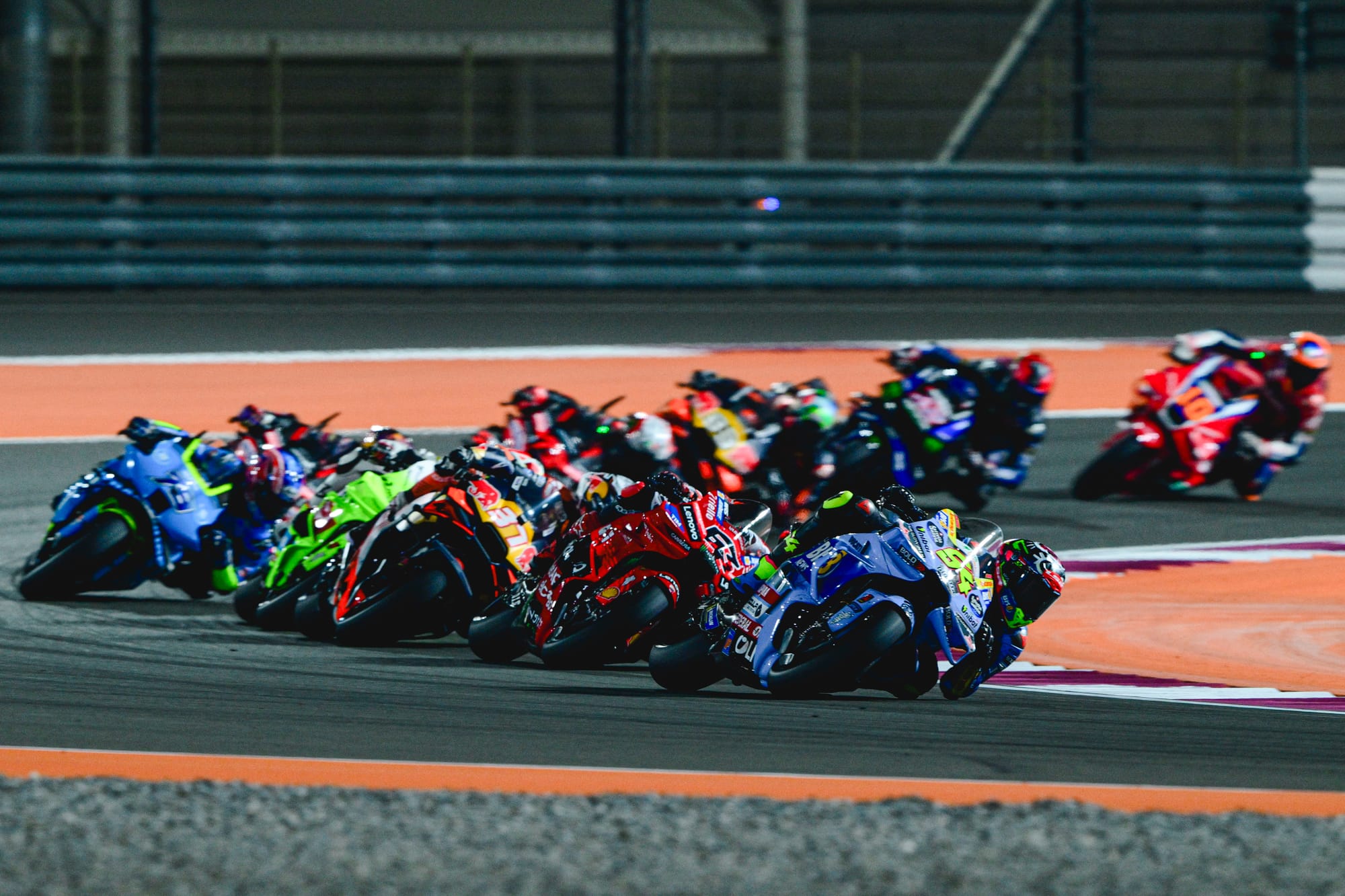

Ducati took two big swings with its 2025 MotoGP rider line-up that, coupled with the reduction in the total number of Desmosedici bikes on the grid, carried a certain degree of risk.
So far, it has been emphatically vindicated about swing number one - and it's getting there with swing number two.
The first decision, the bigger decision, of bringing Marc Marquez into the factory team (and thus allowing Jorge Martin to slip through its grasp) is not the remit of this column. But - regardless of Martin's unfortunate injury - it's worked out, as the Ducati remains good enough to win race after race and Marquez, as expected, has proven good enough to be doing the vast majority of the winning. Simple.
Decision number two was about future-proofing your line-up for a scenario like what eventually played out ahead of 2025 - that of Ducati's reserves of young-ish riders being plundered, with not just Martin but Enea Bastianini and Marco Bezzecchi being taken off its hands.
Decision number two was Fermin Aldeguer, on a two-plus-two deal, eventually being placed at the Gresini team under the patronage of title-winning crew chief Frankie Carchedi.
Aldeguer was a Moto2 supernova in the final races of 2023 but didn't mark himself out as a definitively inspiring MotoGP candidate in the subsequently first year of Moto2's Pirelli era - occasionally very fast but no more or less occasionally prone to really bad weekends, whether that was due to mistakes (less worrying) or a bewildering lack of pace (more worrying).
But he'd long had the Ducati deal in his back pocket by then, leading to the natural question of whether Ducati was feeling some concern and perhaps some buyer's remorse.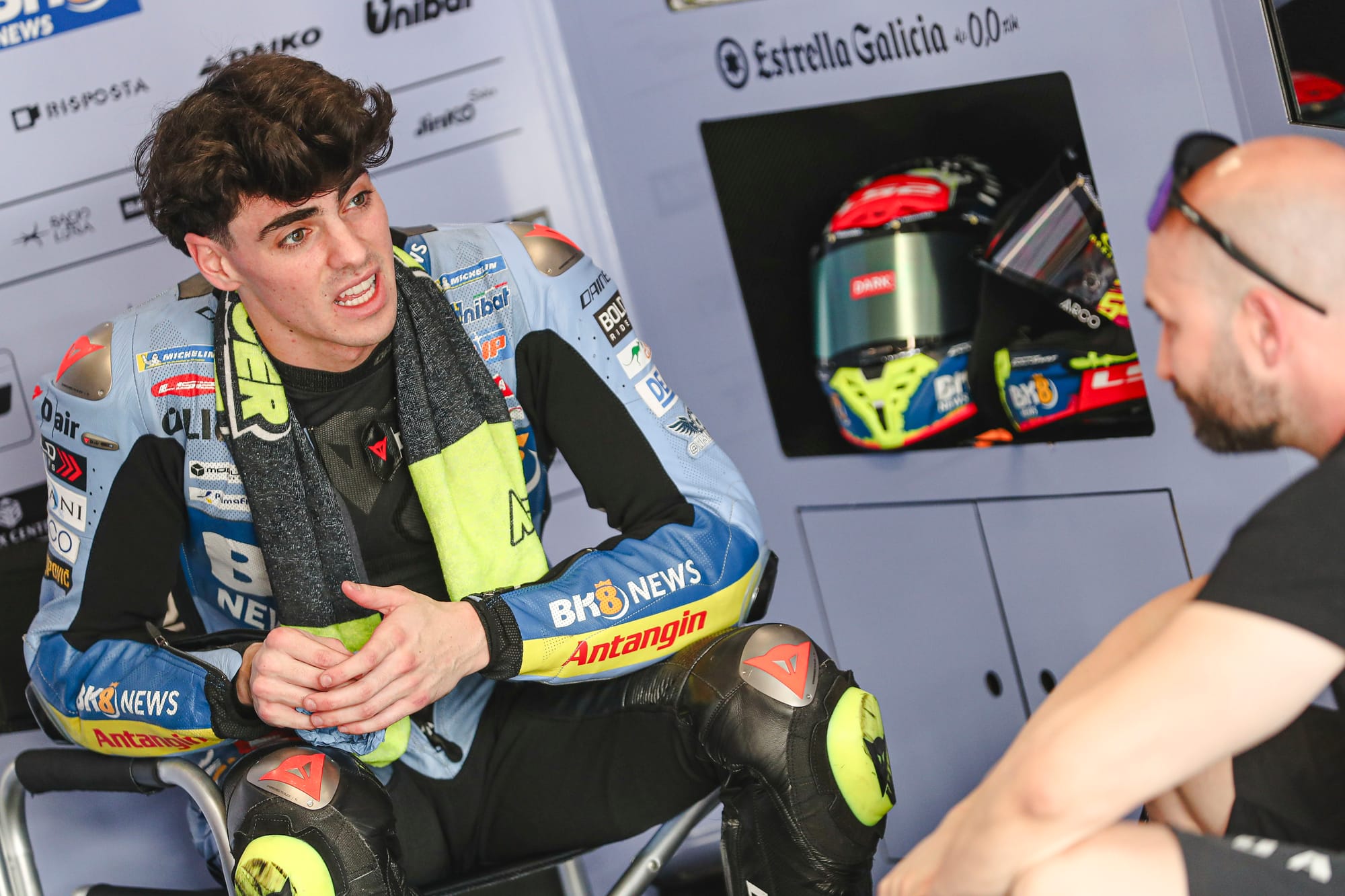
Gigi Dall'Igna, who doesn't just make the bikes but the line-up decisions too, batted that off pretty emphatically. And last weekend's Qatar Grand Prix was the first no-asterisks public vindication of his prior confidence. Dall'Igna himself described it as an outing that "highlighted his sustained adaptation and improvement, as well as his talent and good teamwork".
After a wobbly start to the campaign, Aldeguer was already notably fast at the Circuit of the Americas both in mixed conditions and in race trim in more conventional weather. He didn't get any particularly important results to show for it, but those came in full force at Lusail, where he was there or thereabout all weekend and was unmistakably a genuine podium contender.
"I understand better the bike, I understand better the electronics, I understand better the tyres," he summed up. "We have a lot of work to do [but] we have a solid base to start all weekends with a good foot."
It's already a level you cannot take for granted, even in the luxurious position of being a Ducati rookie. Pecco Bagnaia was one in 2019 and he had a deeply unremarkable season. Fabio Di Giannantonio was one in 2022 and he was completely expendable by the end of that season.
Neither of them had a bike anywhere near as good as the magical Ducati Desmosedici GP24, but that's part of the equation with what Ducati has done with Aldeguer. It has given him a tool to succeed with while there's still rough edges to smooth out, and it's given him a tool that, as long as he performs up to par, takes him the rest of the way and eases any pressure to get results. 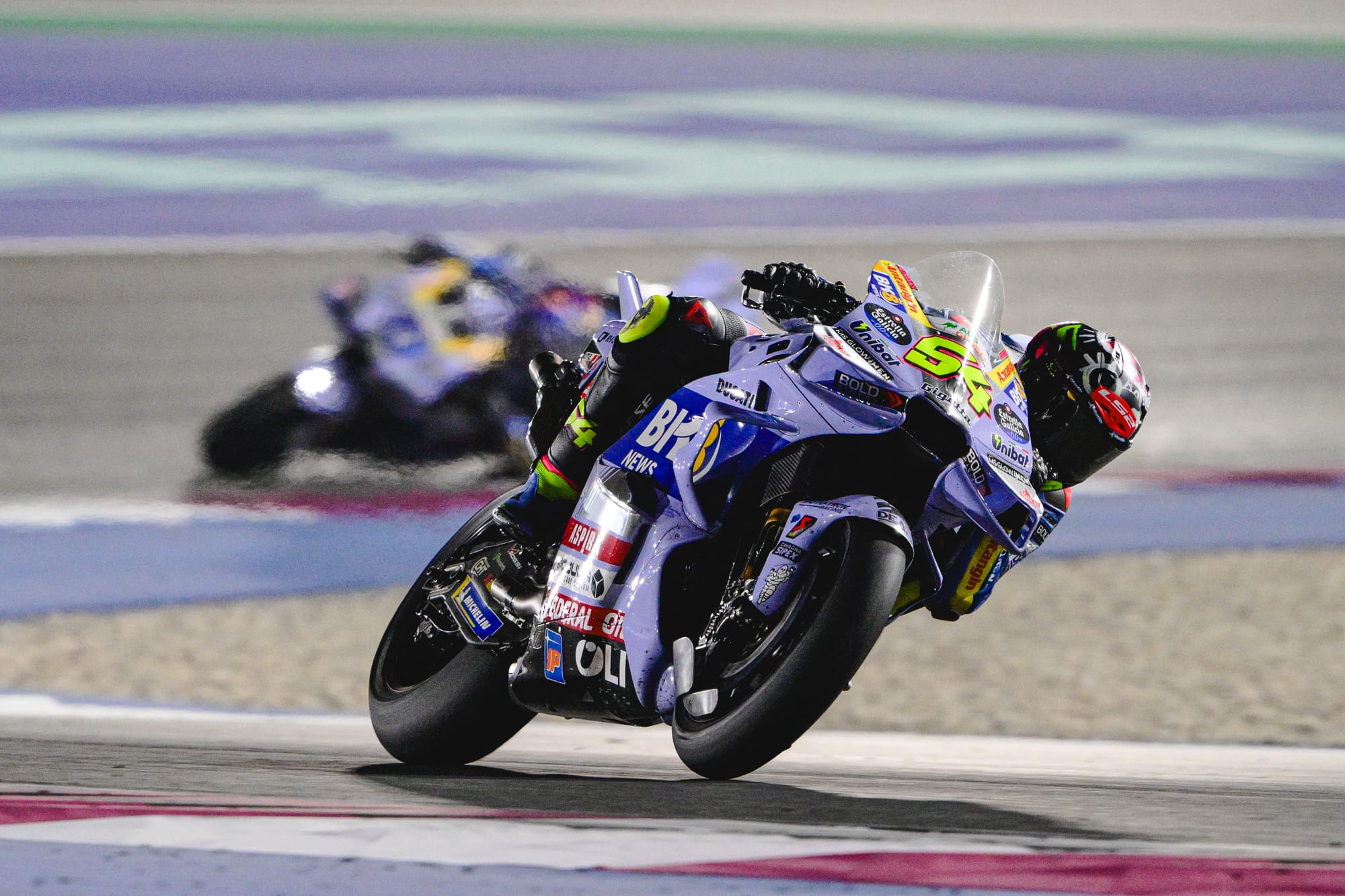
If you execute on that GP24, the results will come - just one 'good' weekend has already launched Aldeguer five places higher in the standings than he was coming into Lusail (from 19th to 14th).
He looked great on the tyres already at COTA and at Lusail. The rest of it is still coming along - the qualifying pace still needs a bit of work, and by his own admission he is still too tentative and not instinctive enough in those early-lap melees - but he has a Desmosedici that will meet him halfway.
And his progress across this limited sample size so far has looked basically linear - "very positive for our season", in his eyes.
"Always the progression is up. We don't do these ups and downs. It's important to not lose the good way," he told MotoGP.com.
With all that in mind, can Ducati already be taking victory laps about its bet on Aldeguer? Was the concern that that it isn't maximising a grid spot by entrusting it to an 'undercooked' rider - who just turned 20 this month, 10 months younger than the second-youngest rider on the grid and four years younger than the third-youngest - misplaced?
The three answers here are 'yes', 'no' and 'it's too early to say'. And I think you can still make cogent arguments for all three.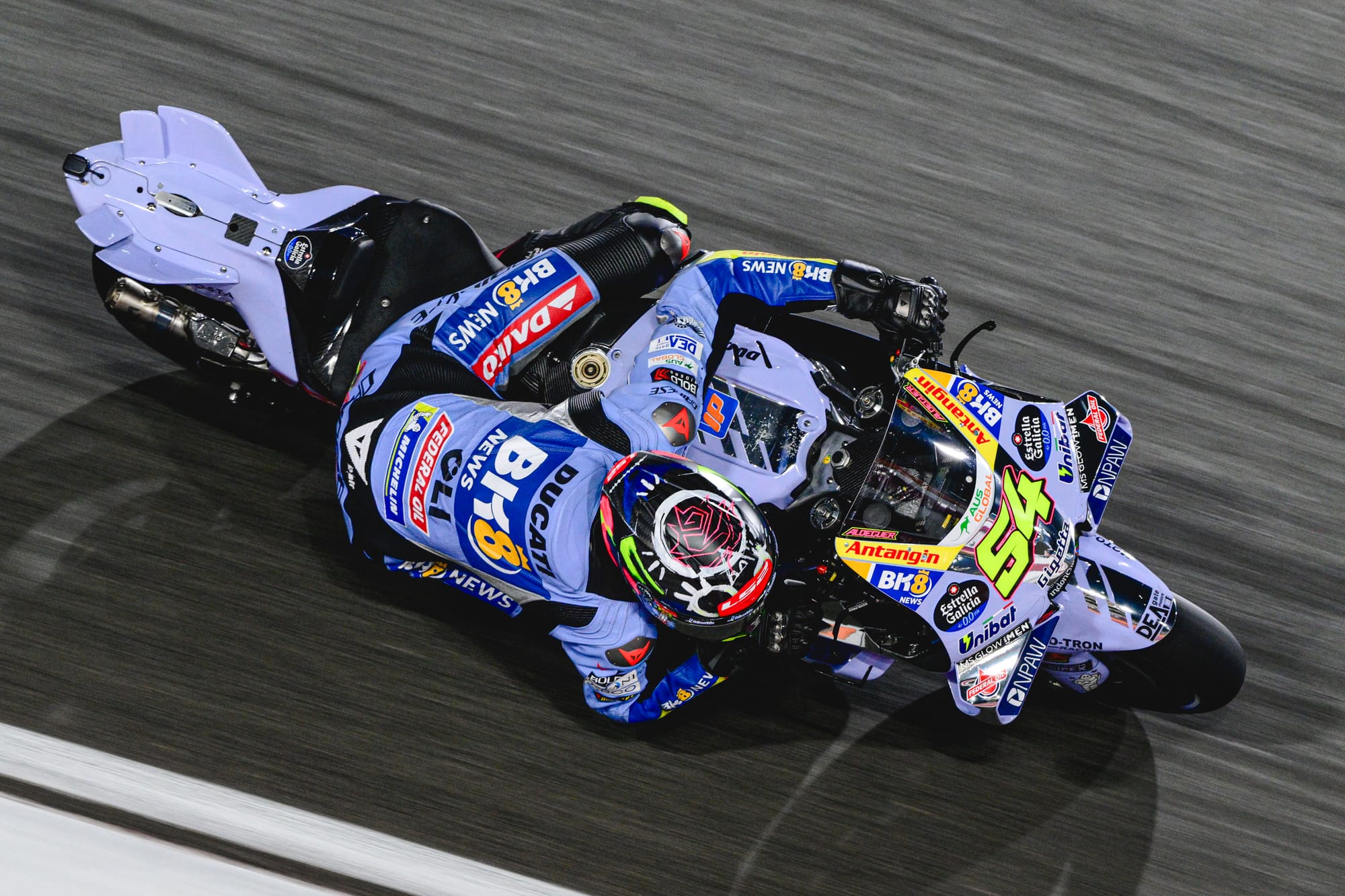
The 'yes' case is outlined in the paragraphs above. The 'it's too early to say' case is that it's four rounds out of 22 in the season.
But what are the regrets to be had?
Well, you could wonder whether an extra season in Moto2 for Aldeguer would've given Miguel Oliveira a cleaner bill of health. Aldeguer's collision with him in Argentina that has left Oliveira on a medium-sized road to recovery is the sole true black mark against the rookie's season so far - and it would be dishonest not to mention it, though it would be equally dishonest to pretend seasoned MotoGP veterans don't also regularly make mistakes like these.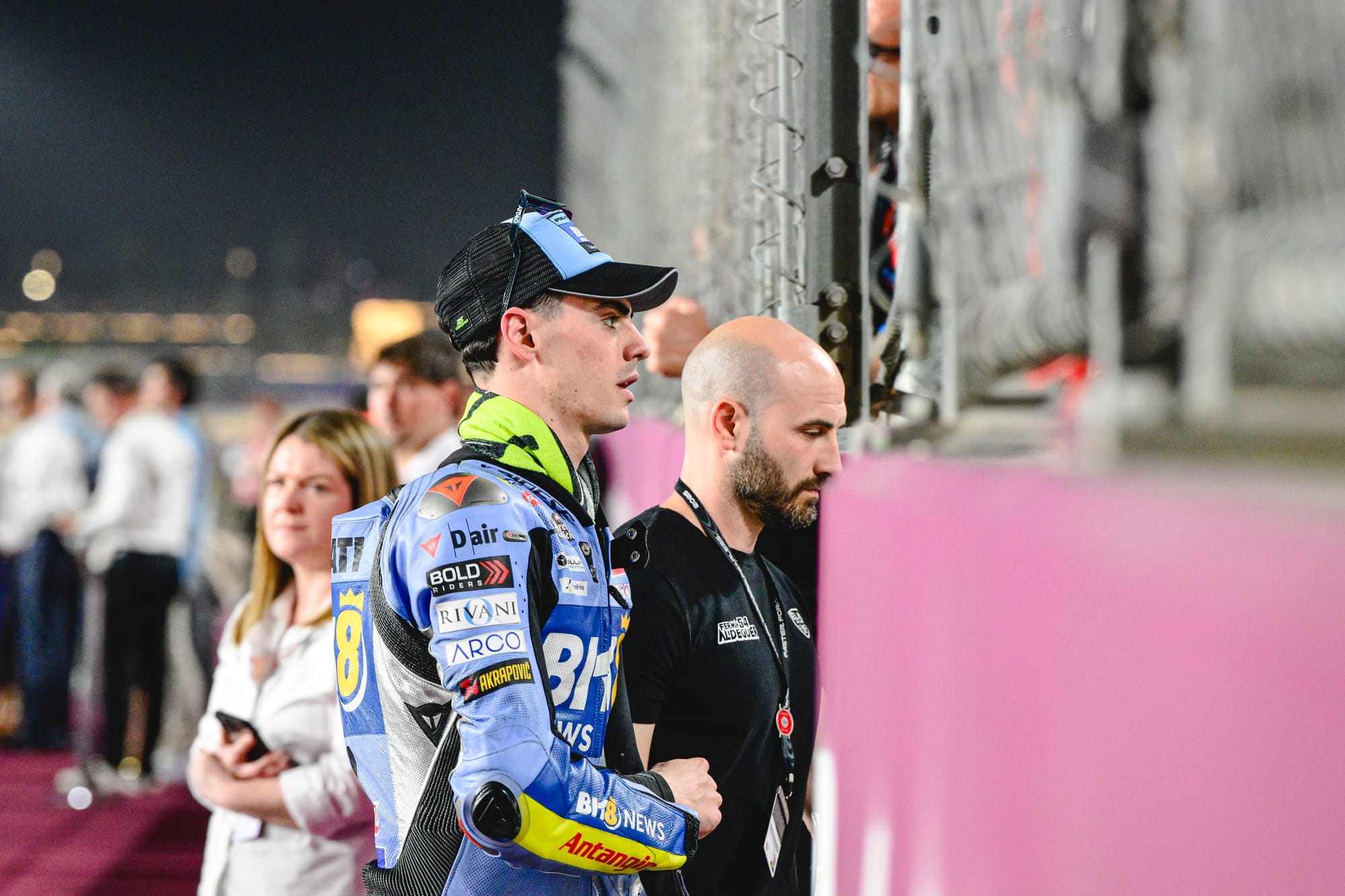
The other point is that, as good as Aldeguer has been recently, there is no convincing case for him to be ranked above Ai Ogura as of late. Fellow rookie Ogura had his worst MotoGP weekend thus far in Qatar, and in that worst weekend he beat the next-fastest Aprilia in qualifying by 0.449s. Aldeguer was 0.614s off the top Ducati.
Ogura was clearly available. Ducati could have had him. It definitely cannot be anywhere near certain or confident yet that it's taken the best available rider from the Moto2 crop.
But that might still turn out the case, and Ducati's logic for betting on Aldeguer was sound then and looks unimpeachable now. It was uniquely positioned as a manufacturer to bet on talent, to take on a teenage 'project' whose pre-MotoGP peaks were so electric they made all the non-peaks feel irrelevant.
And now he's already good enough. He's already a tangible asset. He has already proven he can deliver in MotoGP. And he will be 21 - twenty-one! - when MotoGP's next ruleset debuts.
It's still a gamble, and the roulette wheel is still spinning - but the early bounces sure look good.
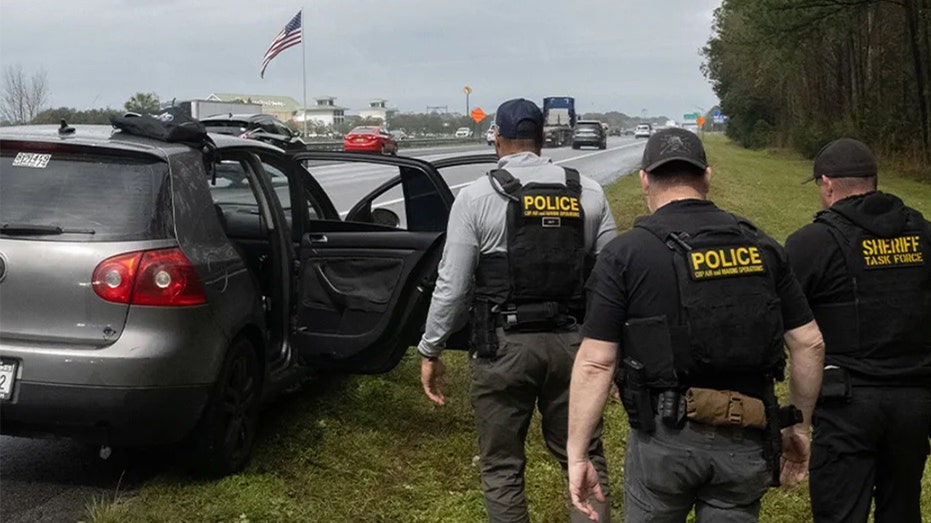











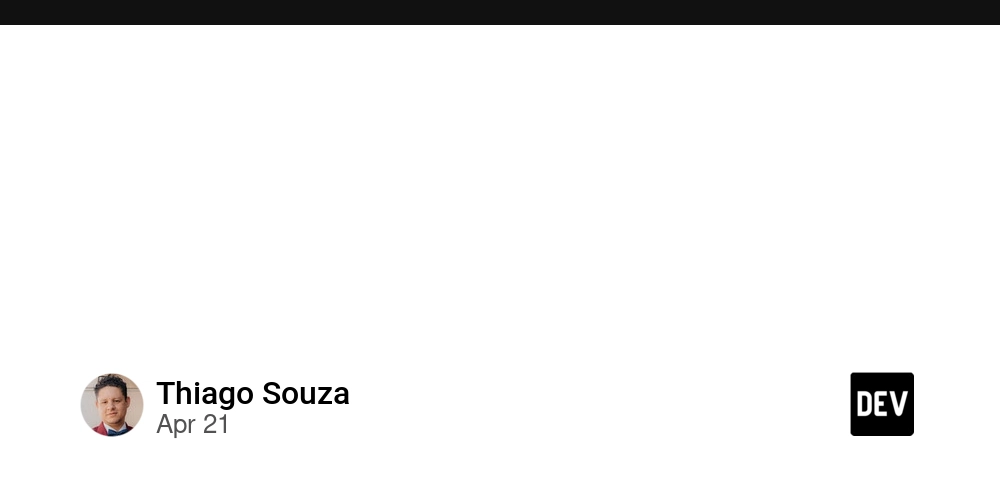
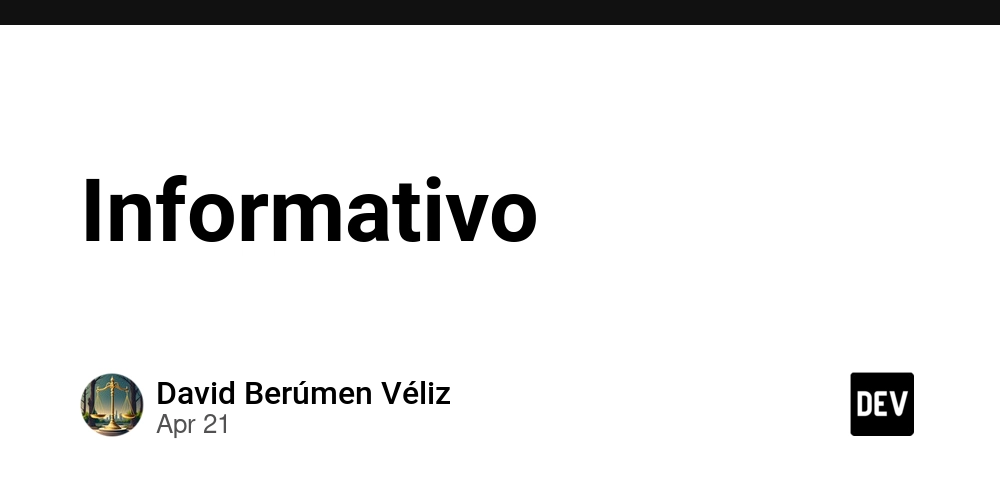




_Tanapong_Sungkaew_via_Alamy.jpg?width=1280&auto=webp&quality=80&disable=upscale#)
